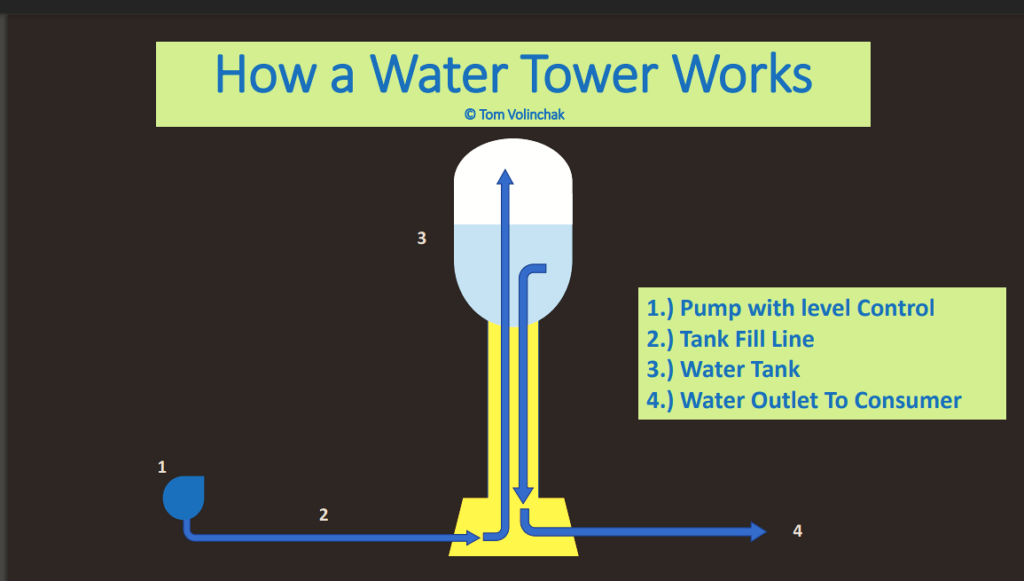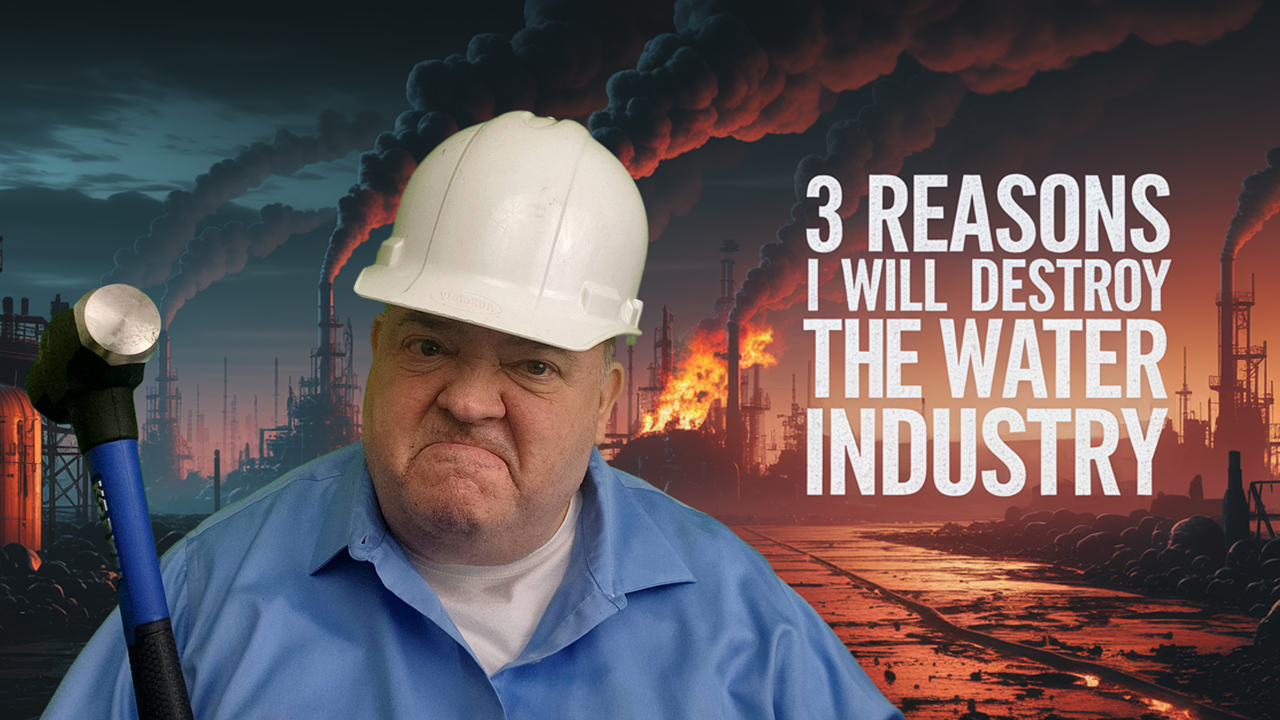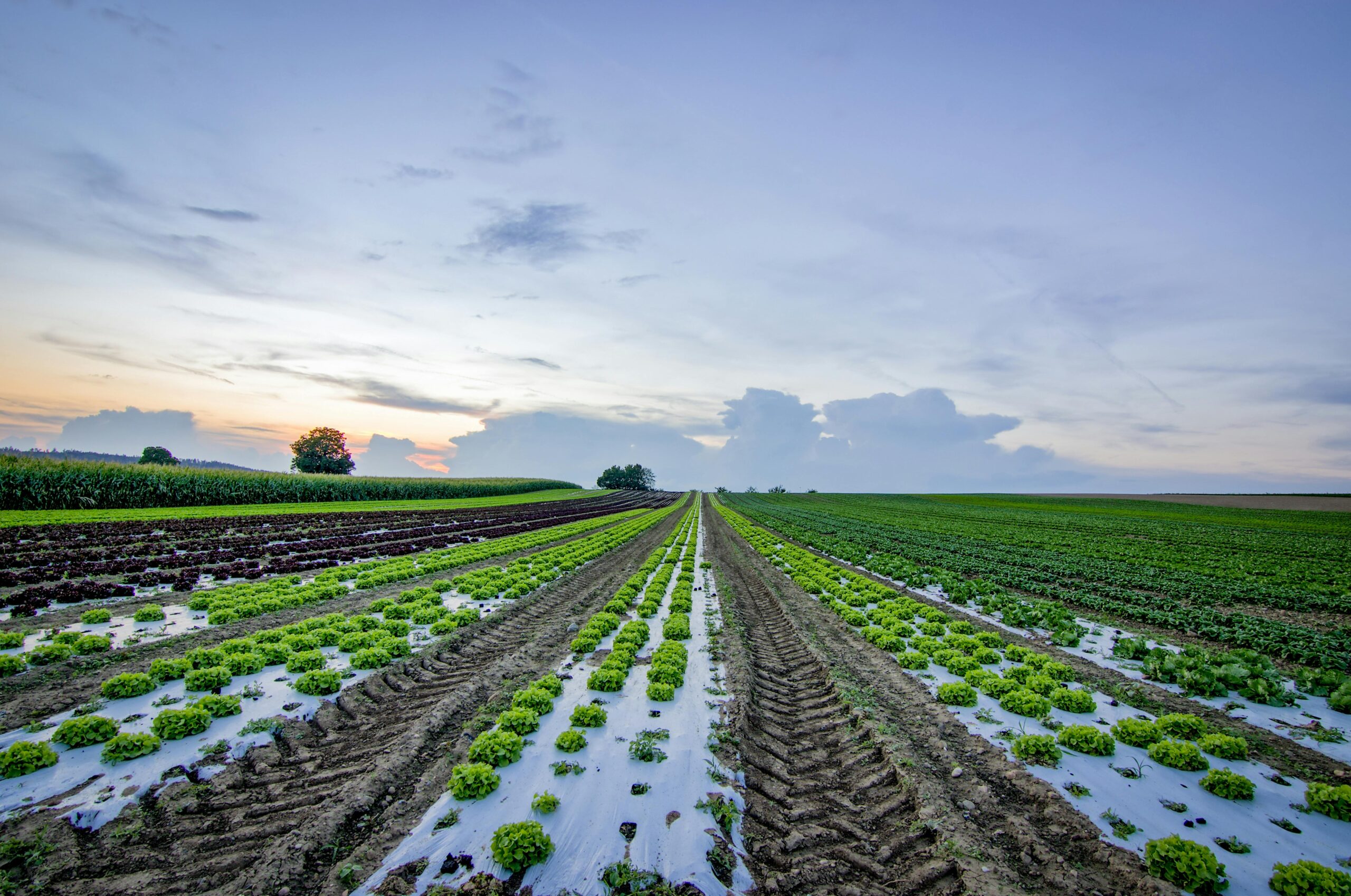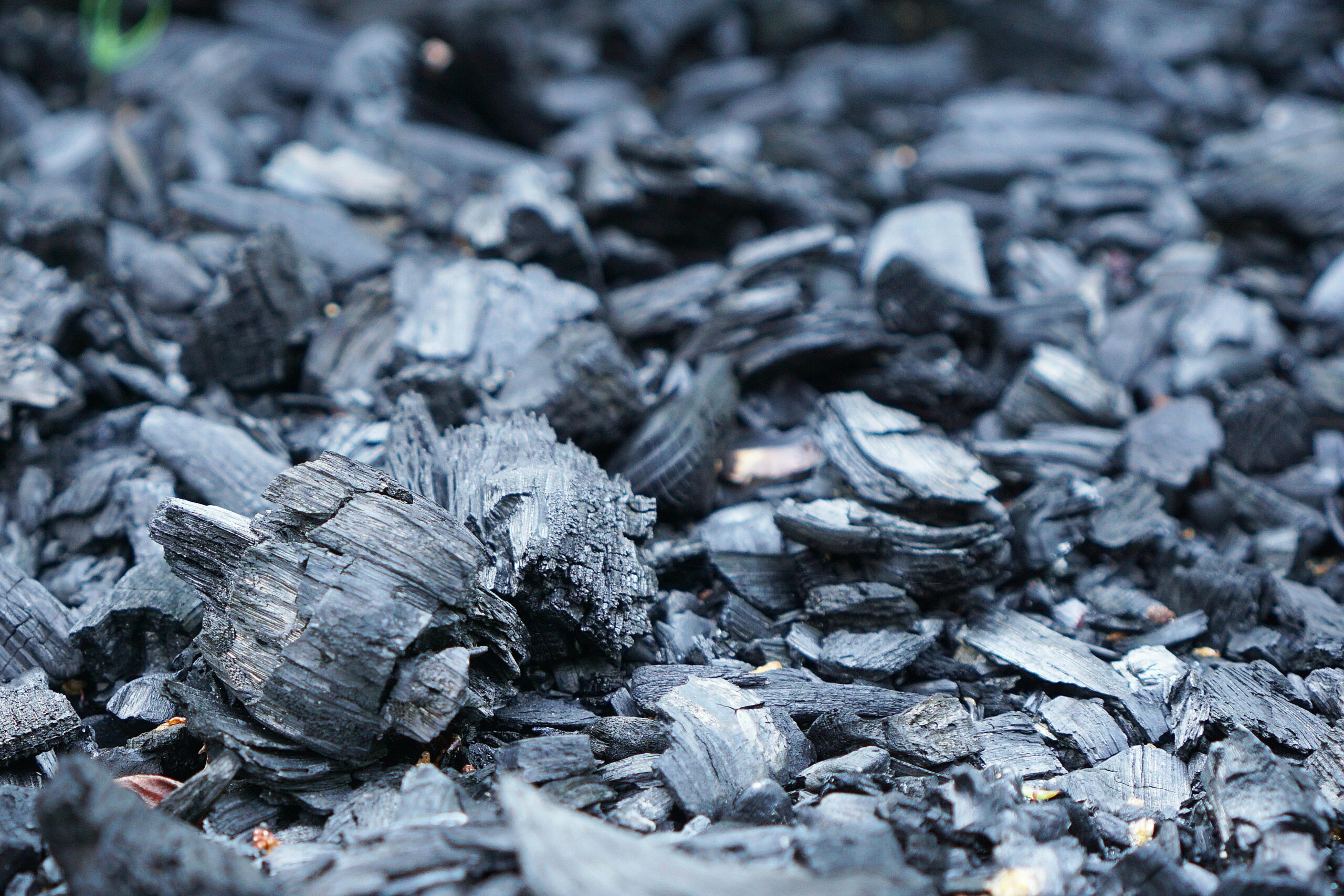In a recent Tommy V survey I asked the question, “What is the purpose of a water tower?” The number one (#1) answer is “for pressure”. What do you think?
The truth of the matter is that elevation does indeed produce water pressure underneath the tank. However, water tanks provide multiple benefits, the least important being pressure. Let’s take a closer look at what these monsters do for us.
- Tanks save energy by allowing the utility to use smaller pumps to deliver water
- Tanks, when strategically located provide a more even distribution of flow and pressure
- Tanks provide a reservoir, and buffer in the event of a malfunction at the water plant
- Tanks take advantage of elevation to accomplish the first three items.
During the day water consumption is the greatest. At night, water consumption decreases greatly. A large, full tank gets drawn down during the day, but at night, the pump can catch up and have the tank filled for the next morning. If no tank was used the utility would be forced to use a pump designed for maximum flow. That big pump then would be churning all the time, even at night when it was not needed. The savings in electricity and maintenance provided by using smaller pumps is dramatic.

Taking advantage of time and gravity to bring us safe, refreshing, plentiful water
Next, one the shortcomings of using pump-only distribution is that a pump has to be strong enough to reach the customer furthest away. As a result, the customer nearest the pump may suffer ruptured pipes from too much pressure. Water Towers allow the distribution of water to be broken out into sections thereby delivering more even flow and pressure to everyone.
Water towers also provide back-up water in the event of contamination or main pump failure at the water plant. In general, most water towers are designed to provide 24 hours worth of water to the service area. They can hold up to one-million gallons. Some new super-structures hold even more.
Finally, with regards to pressure, always remember the old adage, what goes up must come down. Physics dictates that a water tower cannot add pressure to water. The force of water is roughly 0.43 pounds per foot of elevation. Since gravity is constant whether we move an object up or down, the force of water coming down from a tower requires the exact amount of force from a pump to raise the water that high in the first place. Towers have no ability to provide additional pressure over that of the pump used to fill the tank.
Oh yeah, the sweet spot for a water tower is about 160 feet. At that height the pressure delivered is roughly 70 psi, generally the maximum sensible pressure for operating household water facilities.







